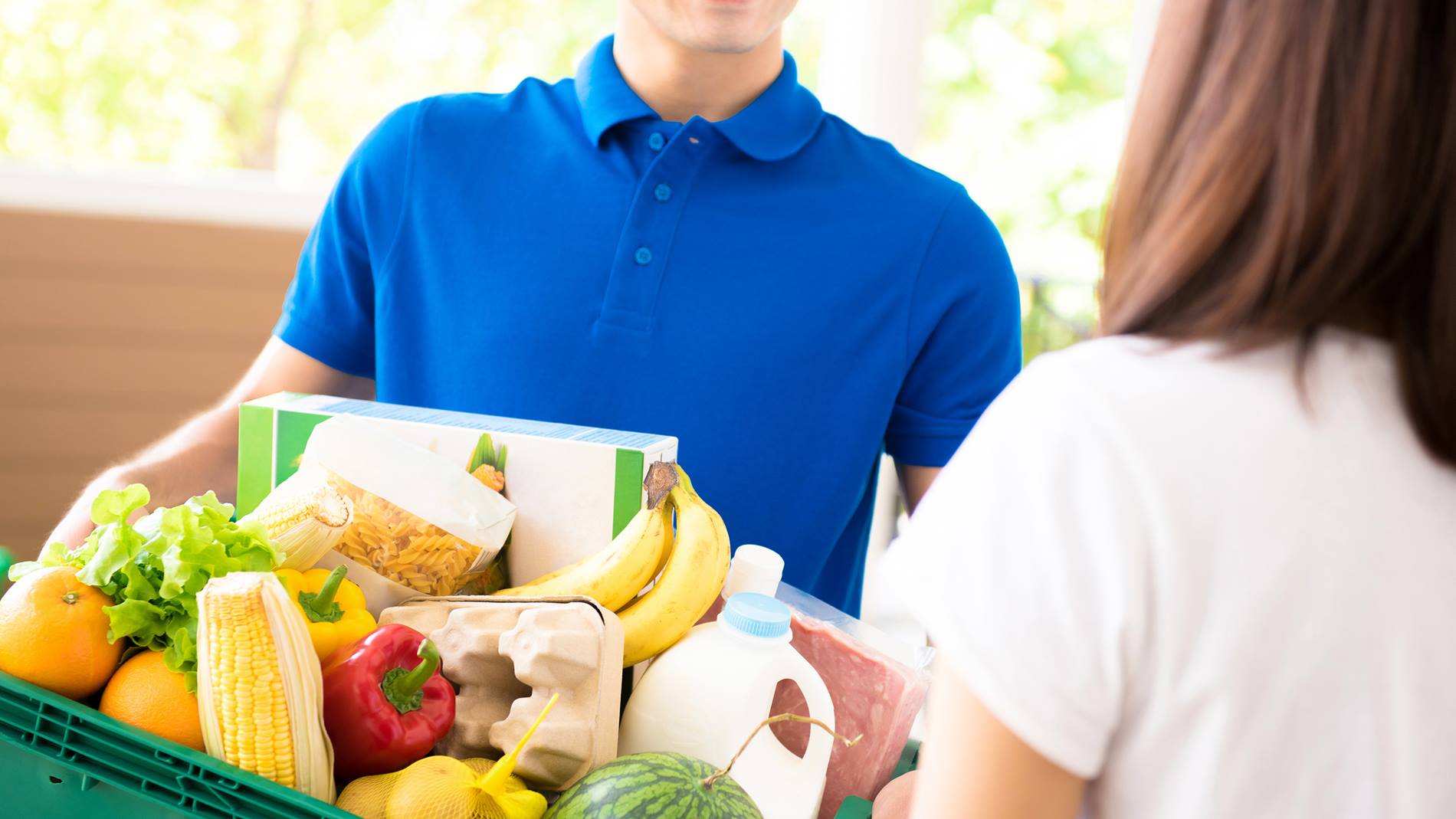
Shopping for E-Grocery Fulfillment Technology?
06 January 2020
Our e-book is a good place to start.
Automating e-grocery processes has suddenly become essential. Nielsen and the Food Marketing Institute project spending on e-grocery to triple by 2022 and many grocers have already reached the point where using pickers as surrogate shoppers, traveling up and down store aisles pulling orders from shelves, has become unsustainable. The economics don’t make sense and the increased congestion is frustrating in-store shoppers.
Several major grocers are moving forward with plans to automate the complex e-grocery fulfillment process. But no clear consensus on the best approach has emerged.
E-grocery fulfillment is particularly challenging because of the variety of products that must be aggregated in a single order. Grocers offering home delivery or store pickup can’t limit the products they offer their customers to those that can be easily handled by an automated system. Instead they must consolidate fresh produce, meats and seafood, and frozen foods with automation-friendly non-perishable and refrigerated items. That requires tight integration between manual and automated picking processes.
One key to an effective strategy is determining the best way to utilize existing stores in integrating these processes. Is it more advantageous to invest in automated distribution centers that can support customers in a regional hub-and-spoke system or add automation onto the store and serve local e-grocery and in-store shoppers from the same location?
Within the latter strategy there are multiple approaches being piloted and technologies being considered. Most grocers aren’t in a position to design their stores around their automation system, so they require compact and modular systems that can be configured to the available space and adapt to changes in evolving processes.
Plus, there’s another variable that must be considered: the automation control software. Orchestrating activities between automated and manual picking requires a level of software maturity and sophistication not all solutions provide. Grocers that carefully analyze the potential distribution models and available automation technologies and make the right choices for their business can still encounter serious challenges in execution if the software proves inadequate.
At Swisslog, we recognize that the surge in demand for e-grocery services creates both tremendous opportunity and serious challenges for grocers. We’ve been working with a number of grocery chains to help them match the right automation system and software to their chosen distribution model.
We’re now sharing our experience in a new e-book: A Shopper’s Guide to E-Grocery Fulfillment. It reviews the major distribution strategies that have emerged and explores the pros and cons of various automation technologies in relation to these strategies.
No matter where you are on your e-grocery journey, the Shopper’s Guide to E-Grocery Fulfillment can give you new perspective on the challenges you face and the solutions available to help you address them.




